Comprehensive Financial Analysis of Liquor Industry in China
DOI: 10.23977/ferm.2020.030114 | Downloads: 175 | Views: 5292
Author(s)
Wenzhi Su 1
Affiliation(s)
1 School of Management, Shanghai University, Shanghai 200444, China
Corresponding Author
Wenzhi SuABSTRACT
Comprehensive financial analysis, which is based on the company’s financial report, using a series of analysis methods to reflect the company’s financial situation and business performance. Comprehensive financial analysis can provide investors, managers and other information users with more real, concise and credible information. With the continuous improvement to people’s consumption level in China, the market demand for liquor keeps increasing, which brings liquor industry an inexhaustible driving force for sustainable development. Although the industry experienced a downturn in 2012 due to the government’s restrictions on official consumption, liquor industry as a whole developed well. This paper uses the comprehensive financial analysis method to investigate the development of liquor industry, and we find that liquor industry is developing in a more stable and standardized direction. Finally, we forecast the future development trend of the industry in order to provide reference value for the investors.
KEYWORDS
liquor industry, comprehensive financial analysis, industry analysisCITE THIS PAPER
Wenzhi Su, Comprehensive Financial Analysis of Liquor Industry in China. Financial Engineering and Risk Management (2020) 3: 92-101. DOI: http://dx.doi.org/10.23977/ferm.2020.030114.
REFERENCES
[1] Palepu, K. G., & Healy, P. M. (2013). Business analysis and valuation: Using financial statements, text and cases
[2] Cheng, L., & Peng, S. (2008). Reconstruction of the theoretical framework of financial statement analysis. Coal Economic Research, (08): 75-77. (In Chinese)
[3] Qian Aimin and Zhang Xinmin (2011)
[4] Yu, C. (2014). Improvements and Suggestions on the Technical Framework of Financial Analysis. Finance & Accounting for Communications. (07):16-21. (In Chinese)
[5] Wu, C. (2016). Talking about the Current Status of Enterprise Financial Analysis. New Economy, (06): 54. (In Chinese)
[6] Beaver, W.H. (1966) Financial Ratios as Predictors of Failure. Journal of Accounting Research, 4, 71-111.
[7] Altman, E. I. (1968). Financial Ratios, Discriminant Analysis and the Prediction of Corporate Bankruptcy. Journal of Finance, 23 (4), 589-609.
[8] Helfert, E. A., & Helfert, E. A. (2001). Financial analysis: tools and techniques: a guide for managers (pp. 221-296). New York: McGraw-Hill.
[9] Gibson, C. H. (2012). Financial reporting and analysis. Nelson Education.
[10] Penman, S. H., & Penman, S. H. (2007). Financial statement analysis and security valuation (Vol. 3). New York: McGraw-Hill.
[11] Siegle, J. G. (1978). Financial Statement Analysis: Theory, Application, and Interpretation. The CPA Journal (pre-1986), 48 (000006), 95.
| Downloads: | 39206 |
|---|---|
| Visits: | 1045987 |
Sponsors, Associates, and Links
-
Information Systems and Economics
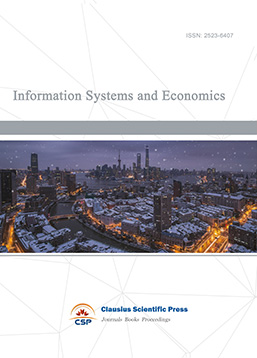
-
Accounting, Auditing and Finance
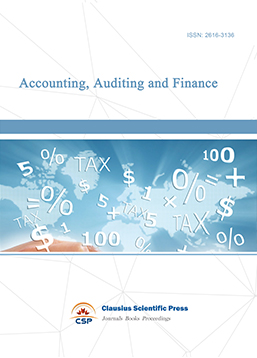
-
Industrial Engineering and Innovation Management

-
Tourism Management and Technology Economy

-
Journal of Computational and Financial Econometrics
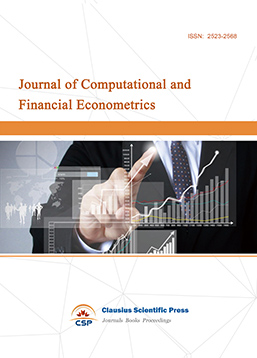
-
Accounting and Corporate Management
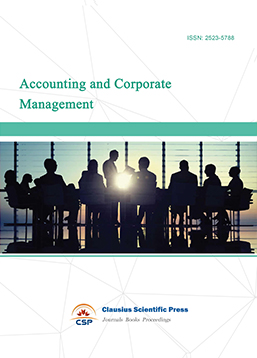
-
Social Security and Administration Management

-
Population, Resources & Environmental Economics
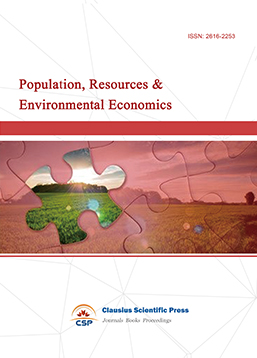
-
Statistics & Quantitative Economics
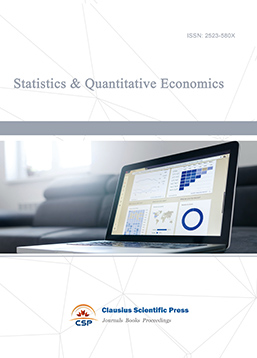
-
Agricultural & Forestry Economics and Management
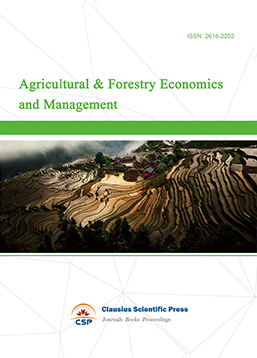
-
Social Medicine and Health Management

-
Land Resource Management
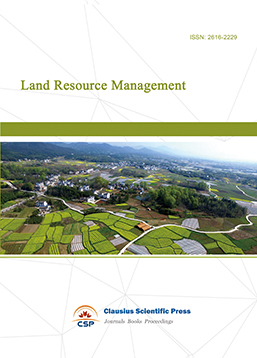
-
Information, Library and Archival Science
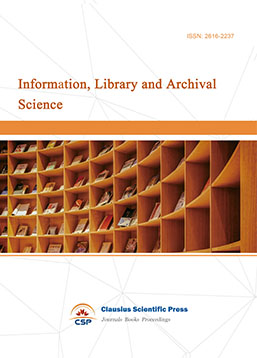
-
Journal of Human Resource Development
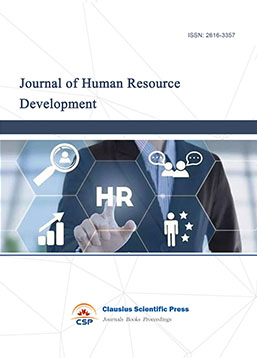
-
Manufacturing and Service Operations Management
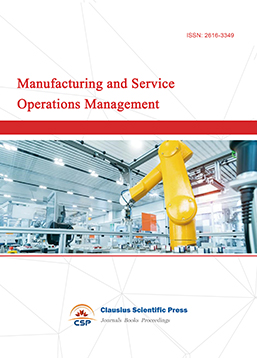
-
Operational Research and Cybernetics
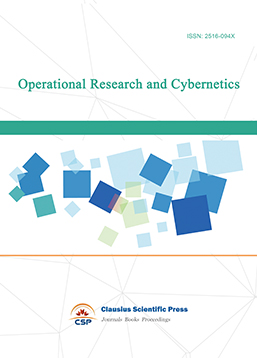

 Download as PDF
Download as PDF